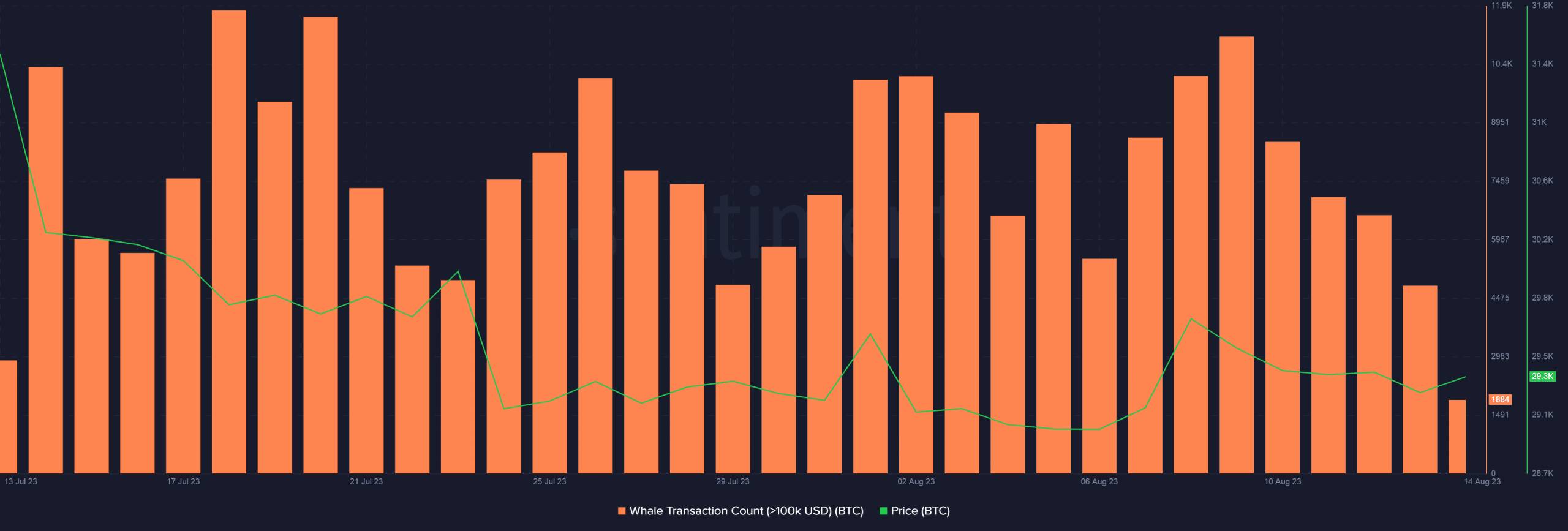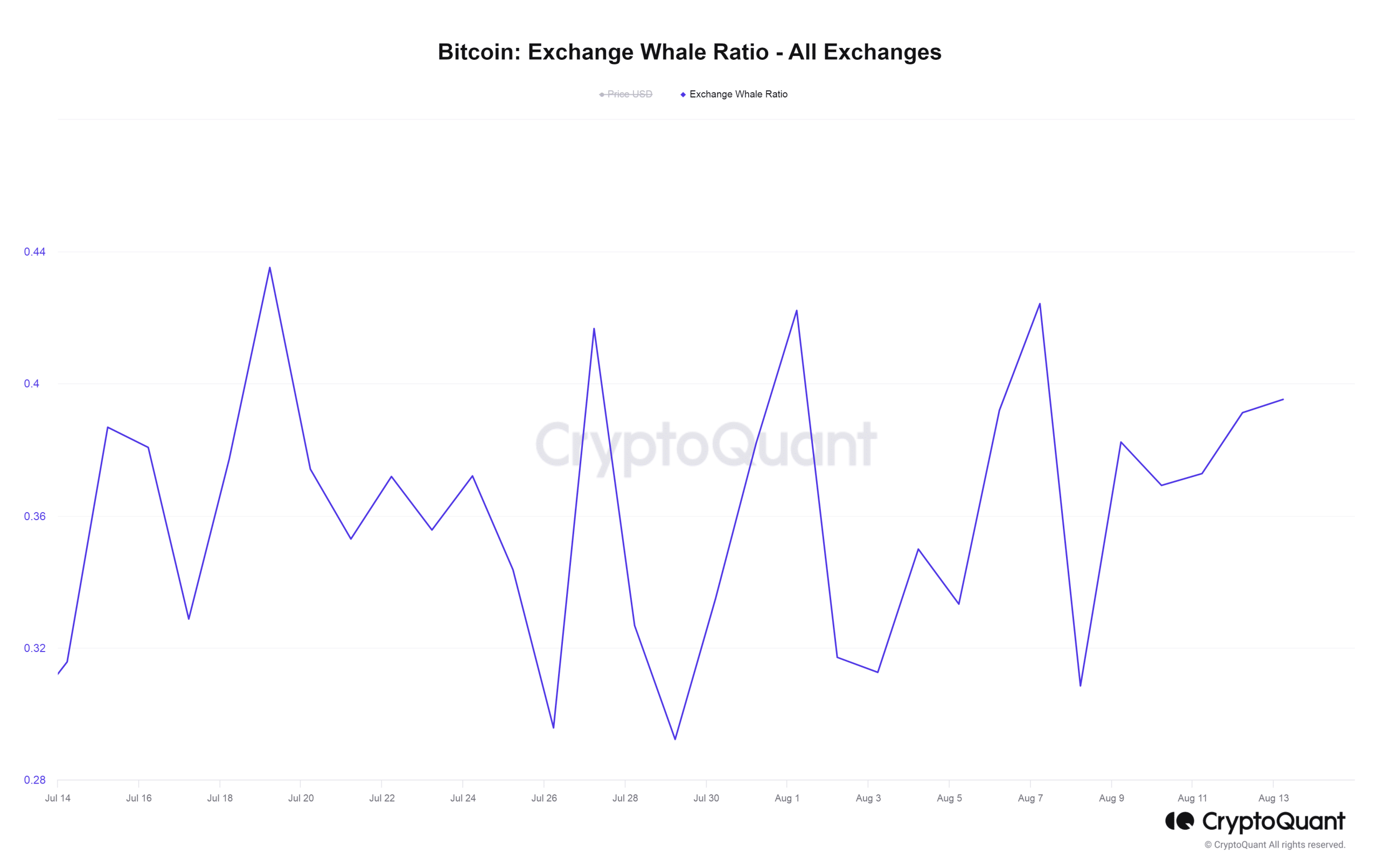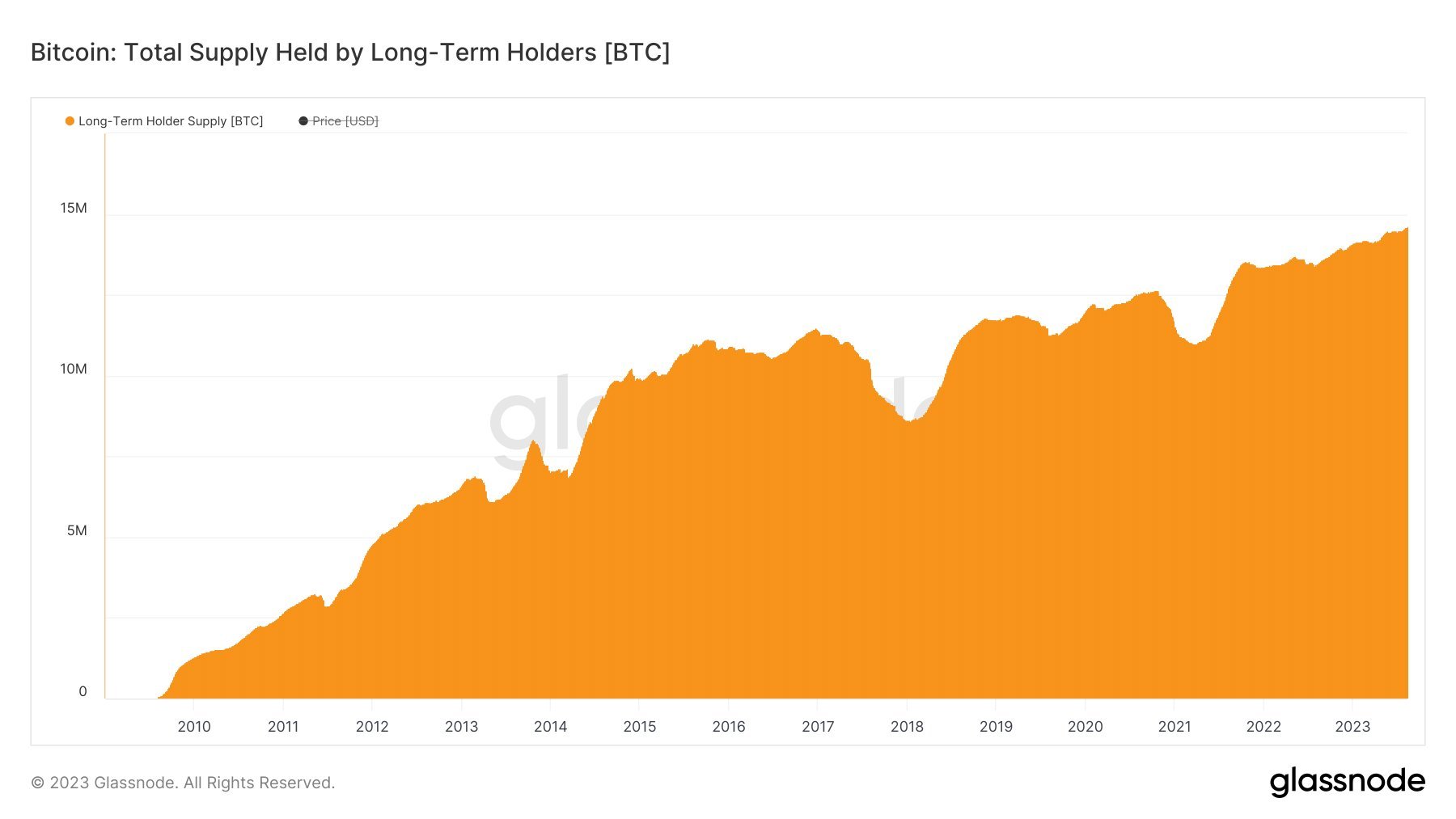- The data obtained from Glassnode showed that approximately 10 addresses were added to the cohort in the last two weeks. Most organizations that track on-chain activity define whales as wallets that hold at least 1000 coins at any given time.
- The price of BTC has been relatively stable in recent weeks, and during such periods of inactivity, whale investors strategically enter accumulation mode.
- Long-term investors are warming up to Bitcoin’s narrative as a safe haven asset and inflation protection. As a result, they are leaning towards HODLing.
Despite the volatile price movements in Bitcoin, BTC whales have continued to accumulate and their commitment to the safe haven narrative has increased.
Bitcoin’s Big Investors Increasing Their Holdings
Despite the disappointing price performance, large investors have increased their Bitcoin holdings in the past few weeks. A well-known analyst highlighted the growth in the number of whale addresses in the Bitcoin network. Data obtained from Glassnode showed that approximately 10 addresses were added to the cohort in the last two weeks.
Most organizations that track on-chain activity define whales as wallets that hold at least 1000 coins at any given time. Whale movements have been subject to intense scrutiny over the years and have provided valuable insights into market sentiment for traders and analysts.
The price of BTC has been relatively stable in recent weeks, and during such periods of inactivity, whale investors strategically enter accumulation mode. According to Santiment data, whale transactions reached the highest level in three weeks earlier this week.
Looking at the price movement, it appears that whales made bottom purchases after short-term holders liquidated their holdings following the gains they made the previous day.
In the long term…
The Exchange Whale Ratio indicator provided additional evidence that whales continue to accumulate for the big game.
The Exchange Whale Ratio is essentially the relative size of the top 10 inflows on an exchange compared to total inflows, according to CryptoQuant. Simply put, this indicator is a measure of how often whales use exchanges compared to the rest of the market.
At the time of publication, this metric stood at 0.39, indicating relatively low outflows from whale wallets.
Long-term investors are warming up to Bitcoin’s narrative as a safe haven asset and inflation protection. As a result, they are leaning towards HODLing. According to the latest data from Glassnode, long-term holders control three-fourths of Bitcoin’s total circulating supply.



